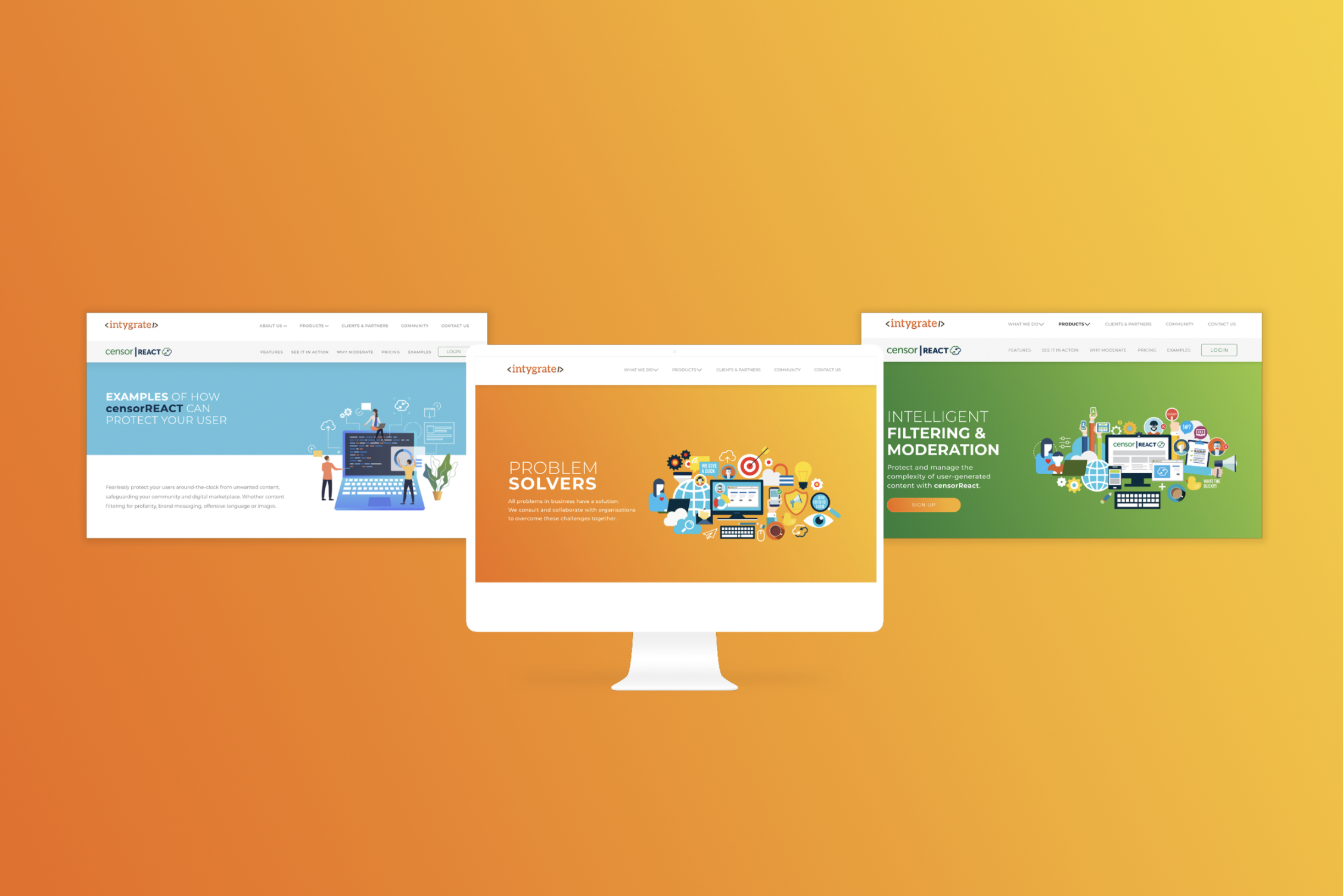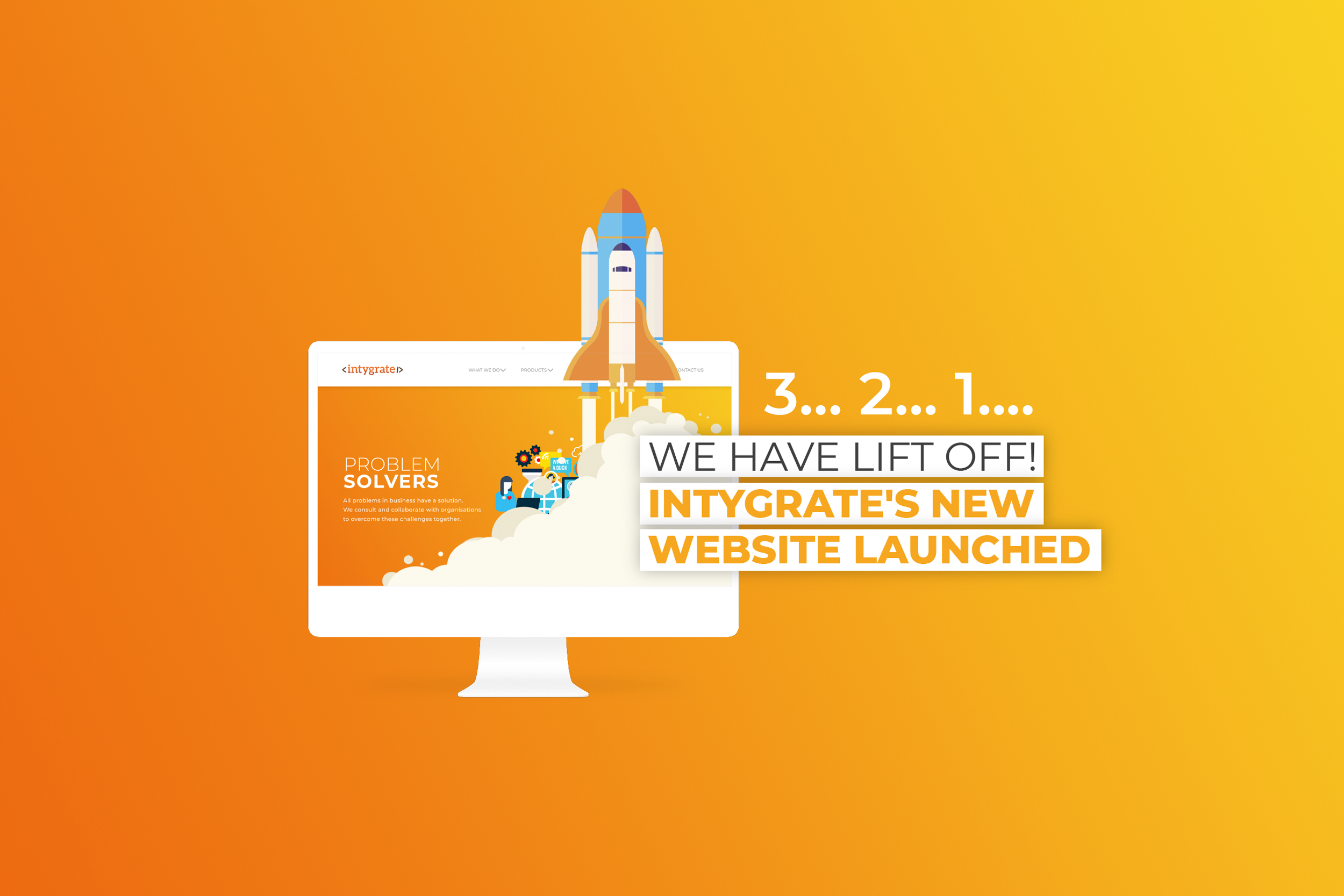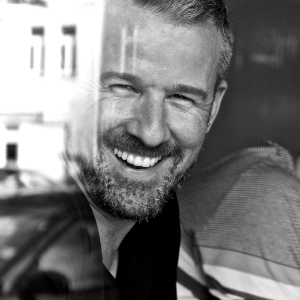Kerry is a highly creative interdisciplinary designer, with over 20 years of experience in the design industry. He is currently working in the areas of UX (User Experience) and UI (User Interface) Design.
A self-confessed divergent thinker with cognitive diversity. His ability to be adaptable, innovative and persistently curious means he always comes at any problem with an interesting and unique point of view.
1. How did you get started in design industry? How did you get to where you are today?
I have over 20 years’ experience as a Graphic Designer so moving into UX Design was not a massive transition. About 4 years ago I started to make the move, I knew I needed to evolve, up-skill or change career all together. The project per project nature of Graphic Design had started to frustrate and limit what I was able to achieve.
I always had a very curious and questioning mind. As a Graphic Designer I was never much involved in the strategy side of what I did, also often I felt a lot of work was produced with very little research into whether it was even needed in the first place. UX Design changed all that for me, now I get to research, test and question. Now I’m paid to ‘step back’ and look at a problem from all angles. My persistently curious mind has now become an advantage.

2. What transferrable skills have you learned in other jobs that have helped your career in design? How do you apply them?
I do feel that Graphic Designers often have a head start into UX Design, so many of the skills developed are very transferrable and relevant to UX Design. Most things I have learned as a Graphic Artist I have been able to pull over, like:
- Good visual communication skills;
- Creative thinking and problem solving;
- Good understanding of how design can evoke emotions;
- Ability to translate a layout into effective visual hierarchy;
- Good attention to details;
- Stakeholder management and good time management skills.
Just to mention a few…
3. What work/project are you most proud of?
The current project that I have just help launch. Working closely with 4 developers and 2 product owners my responsibilities included:
- Re-Design of company website to incorporate new development of product;
- UX Design and development of filtering and moderation software;
- UX Design and develop of on-boarding process for filtering and moderation software;
- Content copy writing for website, on-boarding process and marketing emails.

4. Was there a time when you have messed up and felt like you have failed? What did you do? How did you deal with it?
I’m very upfront about when I mess up, I don’t believe in trying to hide it. Your colleagues will respect you more if you own up early and identify the problem. Then its most likely to not lead to a major ‘mess up. Failure is perception, if you always see failure as part of the process then is it really failure? I know when I have failed in the past, I would be very hard on myself, which makes the recovery harder and slower. I now try not to do that and move on quickly. How can I fix it and always ask why it went wrong.
5. What advice would you give to those just starting in the industry?
Your attitude will determine your outcome. Open your mind and understand that there is an attitude, philosophy, mindset and belief behind all that we do as UX Designers. Be adaptable and have a growth mindset, this industry changes very fast.
Also, there is no one method that is the ’silver bullet’ no magic formula or process that fits all. Learn what is needed and when. Whether you go into a high UX maturity environment or low, all projects should be treated with fresh eyes. Having an open and curious mind will keep your biases in check and never be afraid of being wrong. That’s where you learn the good stuff. In her book ‘The user Experience Team of One’ Leah Buley writes: “One is equal parts thought and action, head and hand, philosophy and practice.”
Your attitude will determine your outcome.
6. Who are your mentors? How did you find them? What did you learn from them? How often do you speak with them?
Good question! I don’t have one at the moment 🙁 and I wish I did, but that is a good goal for this year. I really am at a point where having that contact would be a great help. Being a ‘UX team of one’ is very isolating so I really value my UX network.
7. Where do you find inspiration?
Art, always ART…
Online – instagram, Pinterest, medium, Behance, Dribbble, Muzli.
Offline – Art Gallery’s, Shops, Parks, and street life. Put your phone down, day dream… Always keep your eyes open. Keep watching. Because whatever you can see can inspire you.
People – Grace Coddington, Creative director at American Vogue
8. Do you have a “productivity hack”?
Trint or Otter – transcribing audio recordings from interviews, focus groups and other qualitative data collection methods. This speeds-up the analysis process and lets you focus on understanding and analysing the transcription.
9. What tools do you use on a regular basis? (Software, notepad, recording equipment - anything that helps you in your job)
- Butcher paper and post-its;
- Notebooks Dot pages (favourite) or Graph pages;
- Adobe Creative Suite – InDesign, Photoshop and Illustrator;
- Prototyping tools – Adobe XD, Sketch (high fi) and Balsamiq (low fi);
- Management software – Azure DevOPs or Confluence;
- Laptop and a good bag that can hold your it.
Also, software really depends on where you work, because all come at a subscription rate, subscribing to multiple platforms can get very pricey even with trial free period.
10. What books/websites/podcasts would you recommend?
- “Userpalooza” by Nick Bowmast – A Field Researcher’s Guide;
- “Why we Fail” by Victor Lombardi – Learning from others mistakes;
- “The User Experience Team of One” by Leah Buley – Good if you work in a small company and not in a large team of UX Designers;
- “Don’t Make Me Think”, Revisited by Steve Krug;
- “Just enough Research” by Erika Hall.
